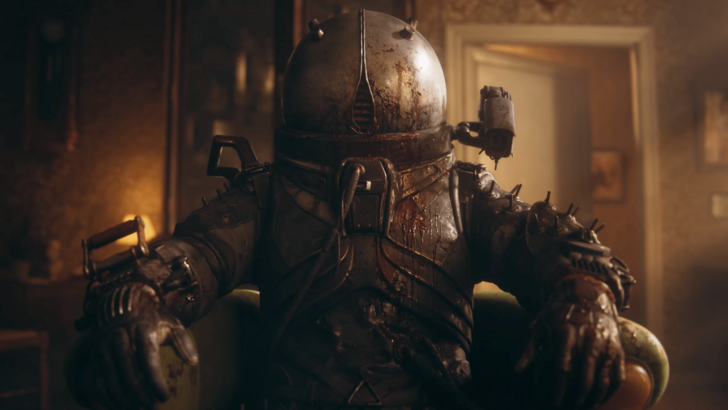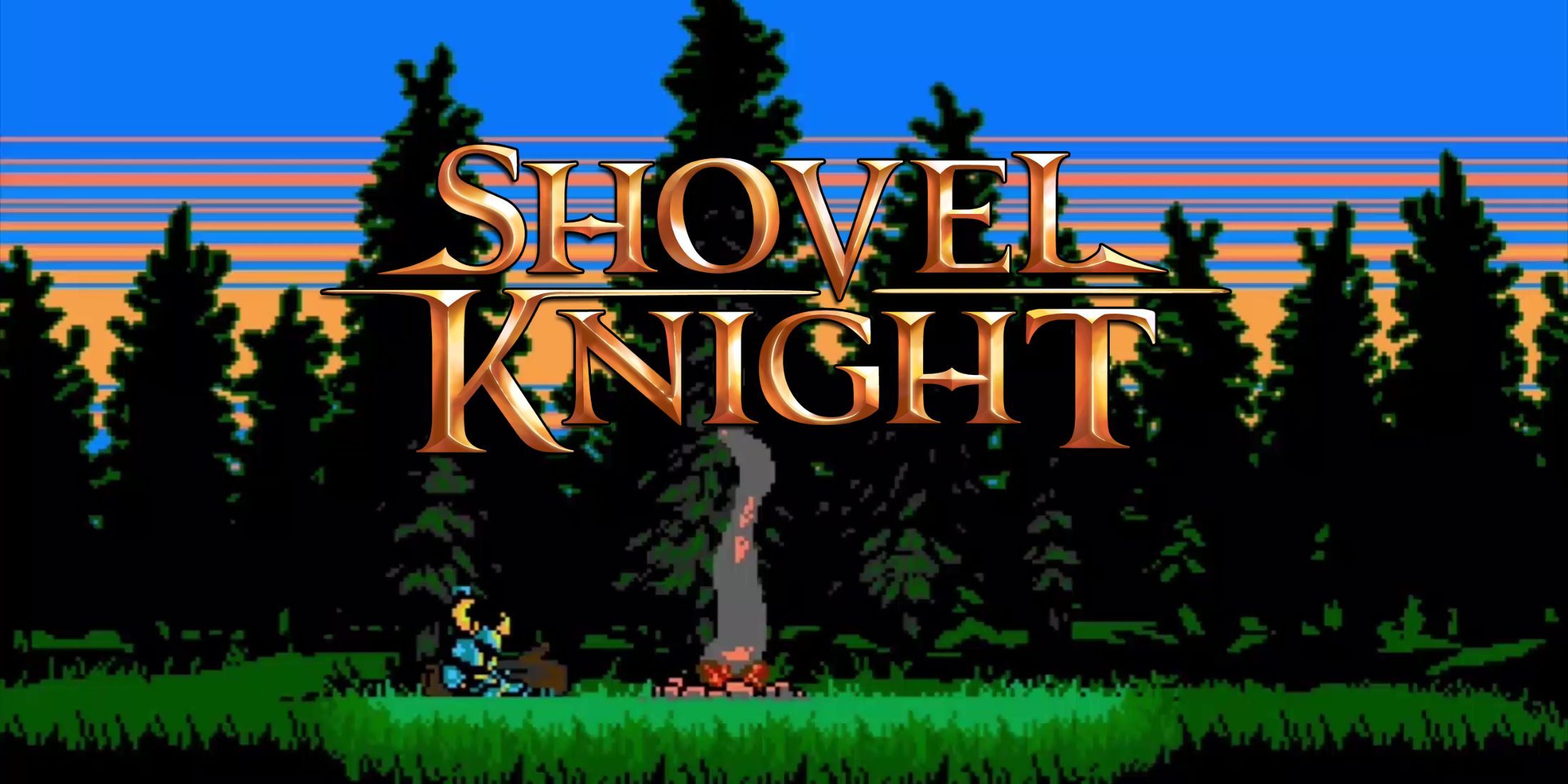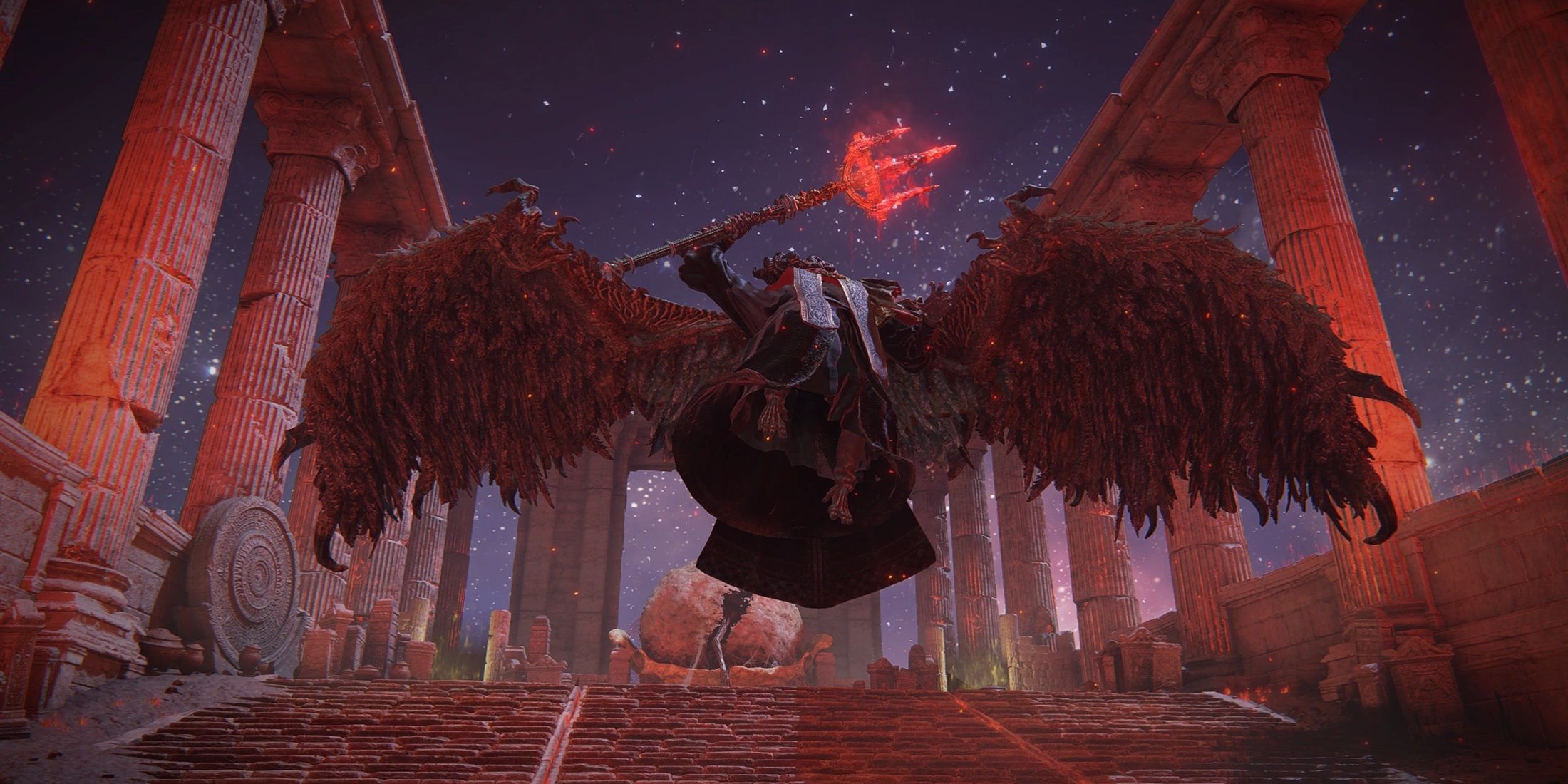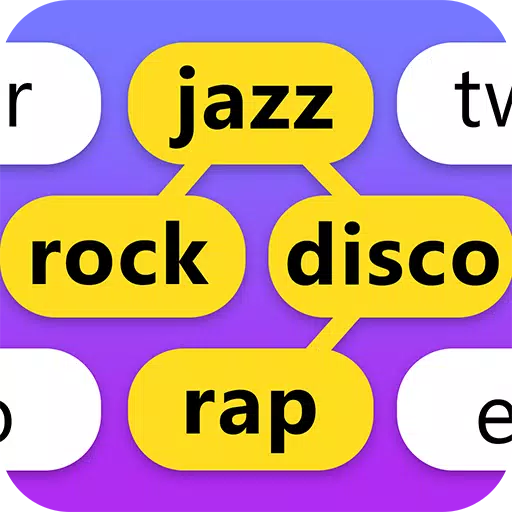The Nintendo Switch 2 is set to launch sooner than expected, and while we know quite a bit about its features, the steep $449.99 price tag and $79.99 game launches make it harder to justify investing—especially when I barely use my original Nintendo Switch anymore. Since upgrading to the Asus ROG Ally, many of the shortcomings of the original Switch have become even more apparent, especially in today’s expanding handheld PC gaming market.
 Asus ROG Ally Is All I Need
Asus ROG Ally Is All I Need
I’ve been a dedicated handheld gamer since childhood, moving through the Game Boy, Nintendo DS, and PlayStation Portable eras. Handheld gaming has always felt personal—there's something comforting about curling up under blankets and playing from bed. Even during college, I was one of the few die-hard PlayStation Vita fans, commuting daily with it in hand.
When the Nintendo Switch launched in 2017, it amazed me. I bought mine shortly after release and mainly used it for exclusives. I associated certain games with the handheld experience, mentally filing them away as “Reserved for handheld.” My brain wouldn’t let me play those titles on any other platform.
However, buying the same games again for Switch became a barrier. If a title was available for free via Epic Games Store, Game Pass, PlayStation Plus, or Humble Choice, I felt guilty repurchasing it for Switch. Add to that the fact that Switch games rarely go on sale—and when they do, discounts are minimal—and I found myself stuck in a loop: “Why spend money on a game I already own?” That loop usually ended with me not playing the game at all.
The arrival of the Asus ROG Ally in 2023 changed everything. As a Windows 11-based handheld PC, it grants access to Steam, Xbox Game Pass, Epic Games Store, and more. Suddenly, those games I’d never touch on desktop were playable in bed—where I feel most comfortable.
Now, I enjoy a wide variety of indie gems on my Ally and am slowly working through my backlog. Without the Ally, I would have missed out on titles like *Celeste*, *Little Nightmares II*, and the *Resident Evil Remake*—now among my favorite games. And the best part? I didn’t need to buy any of them twice. The Ally has become my preferred handheld device and saved me a significant amount of money along the way.
Still, I was excited about the Nintendo Switch 2 announcement. Nintendo titles hold a special place in my heart. But after the Switch 2 Direct, I’m no longer sure where this console fits into my life.
 The Switch 2 Isn’t Alone Anymore
The Switch 2 Isn’t Alone Anymore
At launch, the original Switch offered more than just exclusive games—it had a unique hybrid design and an affordable entry point compared to the competition. At the time, there was simply nothing else like it. It was the only viable handheld console, offering great value through both price and versatility.
Fast forward to today, and the Nintendo Switch 2 enters a much more crowded space. With a starting price of $449, it now competes directly with the $499 PlayStation 5 and Xbox Series X. In fact, the PS5 Digital Edition launched at $399, making it technically cheaper. More importantly, over the past eight years, the Switch’s success has inspired new competitors.
Steam Deck kicked off the trend in 2022, followed by powerful alternatives like the Asus ROG Ally, Lenovo Legion Go, and MSI Claw. Rumors also suggest Microsoft is developing its own handheld console. The Nintendo Switch 2 is no longer one-of-a-kind. Unless you don’t already own a capable handheld, it’s hard to see why this system is worth the investment.
Handheld gaming PCs offer robust performance, easily handling third-party and indie titles. With vast libraries and instant access to existing game collections, these devices provide unmatched flexibility. Moreover, their hardware continues to improve—AMD’s Ryzen Z2 Extreme chip is already on the horizon, promising even better performance in the near future.
For owners of handheld gaming PCs, the idea of purchasing the Switch 2 solely for Nintendo exclusives comes with a high cost. New first-party titles like *Mario Kart World* and *Donkey Kong Bananza* are launching at $79.99 and $69.99 respectively. Considering how infrequently Nintendo games go on sale, that’s a tough ask.
Of course, Nintendo exclusives are often worth the price. The company has produced some of the greatest games ever made, and many players will find enough value in upcoming titles to justify the cost. But for handheld PC users like myself, the bar is higher.
If you already own a handheld gaming PC like the Asus ROG Ally or Lenovo Legion Go, the Nintendo Switch 2 may not be worth the investment. These devices deliver strong performance, a massive library of games, and seamless integration with your existing digital collection. For me, the Ally does everything the Switch once did—and more. With access to Steam, Game Pass, and other platforms, it’s simply a better place to play.

 Latest Downloads
Latest Downloads
 Downlaod
Downlaod

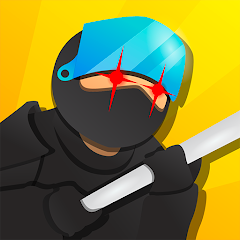
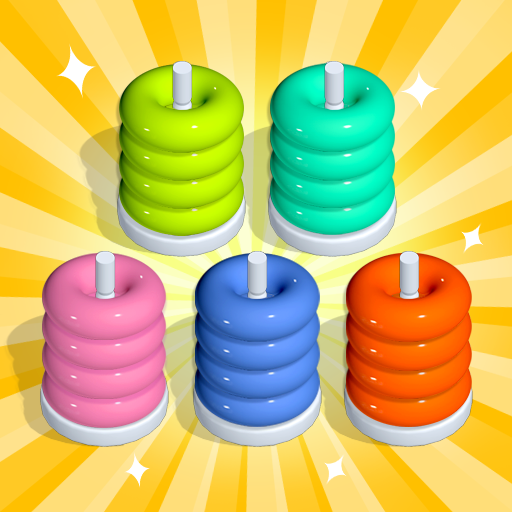
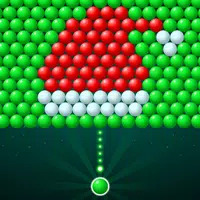
 Top News
Top News